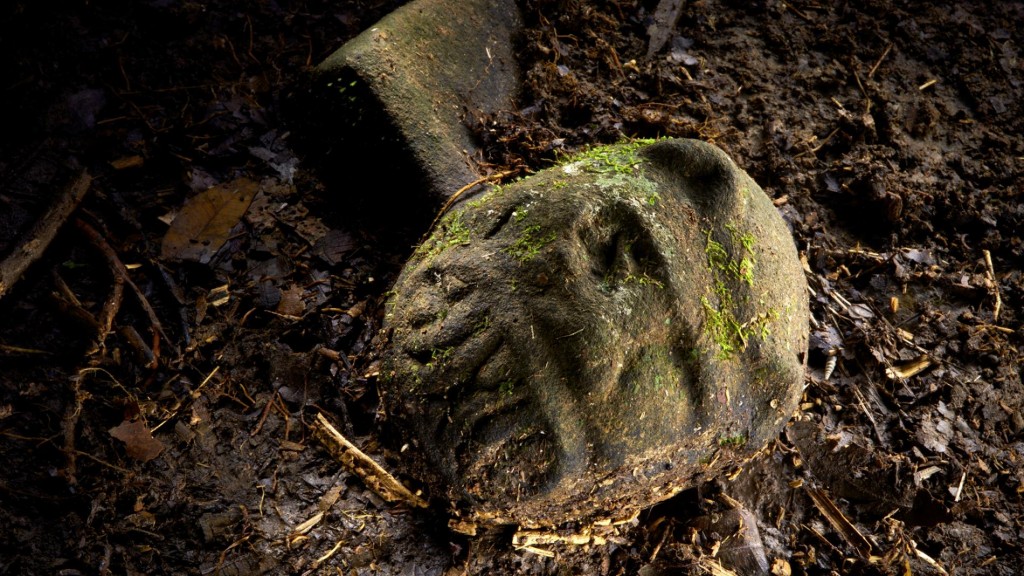Our earth has seen what some would call “end of the world events” many times in its history. Cataclysmic natural disasters, and horrific flesh eating plagues have wreaked havoc on human kind such as the one described in this story. They have happened before, and may happen again in the future with devastating diseases like the modern day Ebola virus.
kind such as the one described in this story. They have happened before, and may happen again in the future with devastating diseases like the modern day Ebola virus.
Recently, a group of Italian archaeologists discovered some telling evidence of an ancient plague at a funerary complex in Luxor, Egypt on the site of the ancient city of Thebes. LiveScience reported the human remains that archaeologists found at the site were covered with a thick layer of lime, used historically as a disinfectant. The MAIL researchers also found three kilns where the lime was produced, and more human remains scattered over an area that appears to have been a giant bonfire, in which many of the plague victims appear to have been incinerated.
This lime they found covering the bodies and in these kilns is a very telling clue to the science and medical practices used by the ancient Egyptians, which I will explain a bit more below. But first let me please give you some background on this ancient Ebola type plague.
It was the 3rd century AD. There was a feeling of terror in the air. People were dropping like flies as result of what was known as the “Plague of Cyprian” that was wreaking havoc on the Egyptian, Carthage and Roman Empires. Tens, and even hundreds of thousands of people would die, and it was estimated at its peak that at least 5,000 people were killed by this disease every day in Rome. It would also claim the lives of at least two Roman Emperors. Saint Cyprian was a bishop of Carthage (a city in Tunisia) who described the plague which included incessant vomiting, bleeding from the eyes and limbs taken off due to the sickness. He also claimed that the plague was signaling the end of the world. It was named after the Saint because of his historical description of this horrible event who said;
Afterwards there broke out a dreadful plague, and excessive destruction of a hateful disease invaded every house in succession of the trembling populace, carrying off day by day with abrupt attack numberless people, every one from his own house. All were shuddering, fleeing, shunning the contagion, impiously exposing their own friends, as if with the exclusion of the person who was sure to die of the plague, one could exclude death itself also. There lay about the meanwhile, over the whole city, no longer bodies, but the carcases of many, and, by the contemplation of a lot which in their turn would be theirs, demanded the pity of the passers-by for themselves. No one regarded anything besides his cruel gains. No one trembled at the remembrance of a similar event. No one did to another what he himself wished to experience.
I believe there is a secret hidden in the story behind these lime dust kilns found at this ancient burial site. Lime is made from limestone rocks which is a sedimentary rock composed largely of the minerals calcite and aragonite. These minerals form various crystal forms, that in science is called “calcium carbonate (CaCO3).” In ancient times, limestone was the preferred method to not only build the massive pyramids and other ancient structures, it was also used as the main substance to build their stone coffins known as a sarcophagus, and the dust from limestone called “calcium carbonate (CaCO3) was also used to prevent petrification or rotting of both living and dead bodies. I will write more about this holy stone, powder and water in future articles.
 It is interesting that we now have a terrible worm like plague known as Ebola making the news in this day and age. These modern plague-like events model what bishop St. Cyprian had chronicled in the horrific suffering of those afflicted by the ancient plague, which to them signaled the end of the world.
It is interesting that we now have a terrible worm like plague known as Ebola making the news in this day and age. These modern plague-like events model what bishop St. Cyprian had chronicled in the horrific suffering of those afflicted by the ancient plague, which to them signaled the end of the world.
Something that can happen again in the near future if we are not careful.
In closing he stated; “The kingdom of God, beloved brethren, is beginning to be at hand; the reward of life, and the rejoicing of eternal salvation, and the perpetual gladness and possession lately lost of paradise, are now coming, with the passing away of the world…” (This translation, by Philip Schaff, was included in volume five of the book “Ante-Nicene Fathers,” published in 1885.)

Moe is the founder of GnosticWarrior.com. He is a father, husband, author, martial arts black belt, and an expert in Gnosticism, the occult, and esotericism.

![How the same holy man gave sight to the blind daughter of a tribune, and then coming to St. Alban, there received of his relics, and left other relics of the blessed Apostles and other martyrs [429 A.D.] | Book 1 | Chapter 17 How the same holy man gave sight to the blind daughter of a tribune, and then coming to St. Alban, there received of his relics, and left other relics of the blessed Apostles and other martyrs [429 A.D.] | Book 1 | Chapter 17](https://www.gnosticwarrior.com/wp-content/plugins/contextual-related-posts/default.png)





